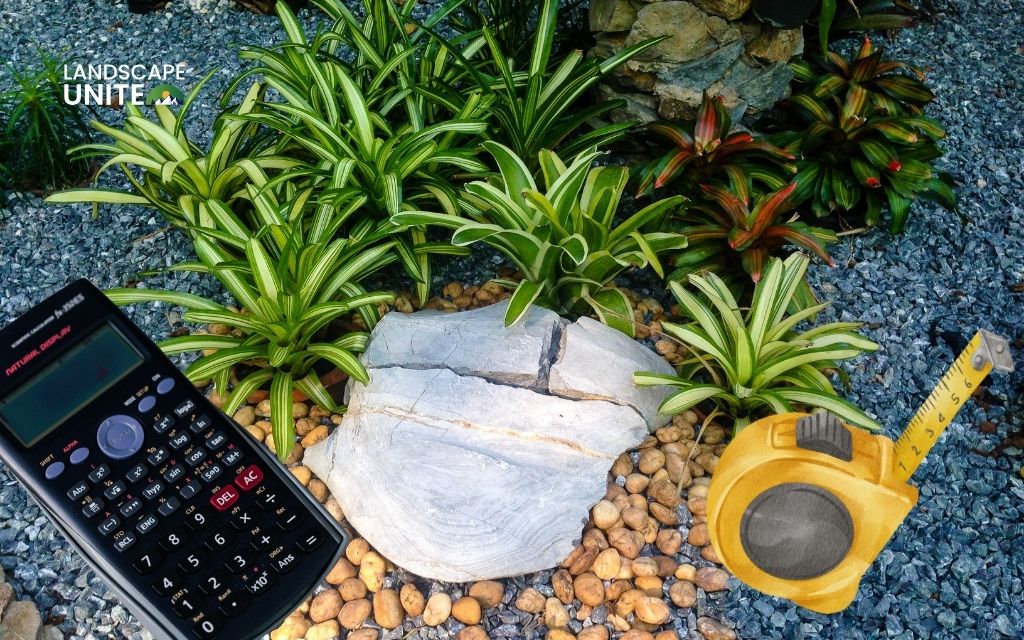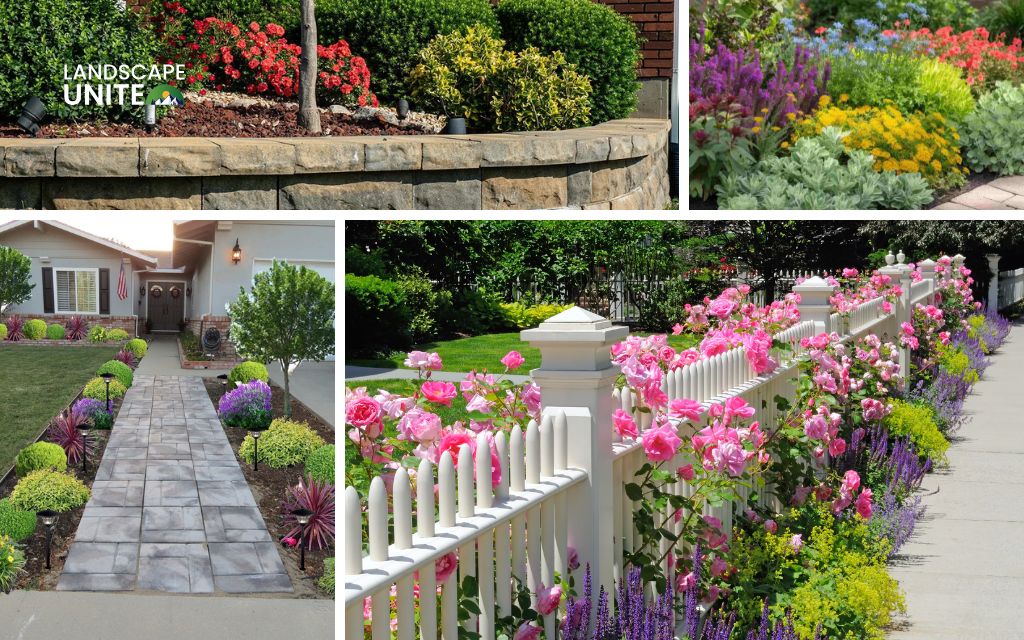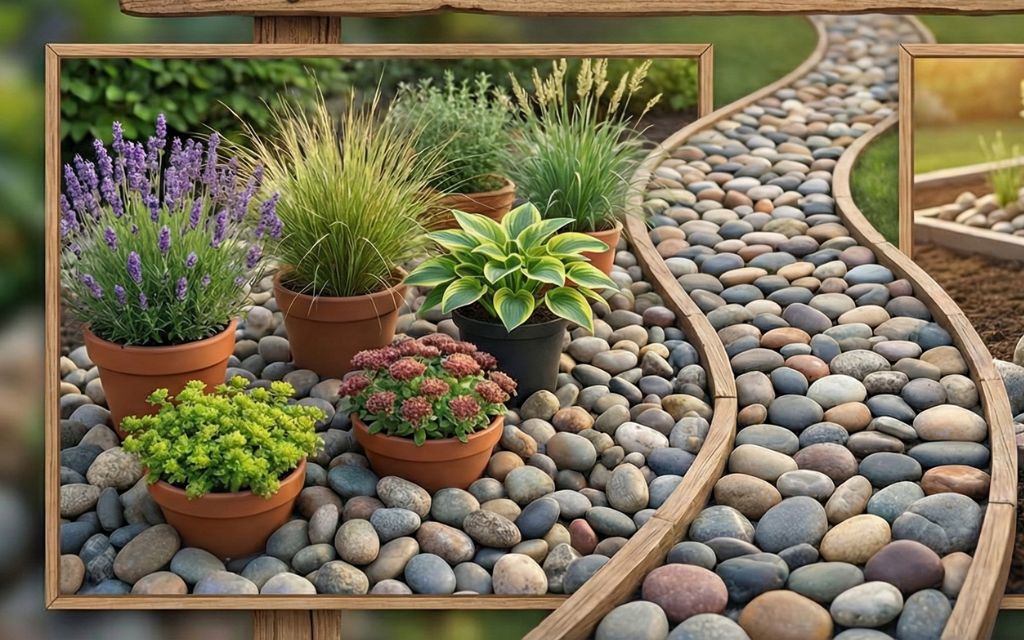Have you noticed soggy, sunken, or bouncy areas in your yard that feel unstable underfoot?
Soft spots in yards are surprisingly common across the United States, affecting homeowners from the clay-heavy soils of Texas to the sandy coastal regions of Florida.
Whether you’re dealing with a small squishy patch near your sprinkler system or larger areas that seem to sink with every step, understanding the root cause is essential for implementing an effective solution.
In this comprehensive guide, we’ll walk you through the 7 most common causes of soft spots in yards and provide step-by-step fixes to restore your lawn’s stability and health. From simple DIY solutions to situations requiring professional intervention, you’ll have all the tools needed to transform those problematic areas into firm, beautiful turf.
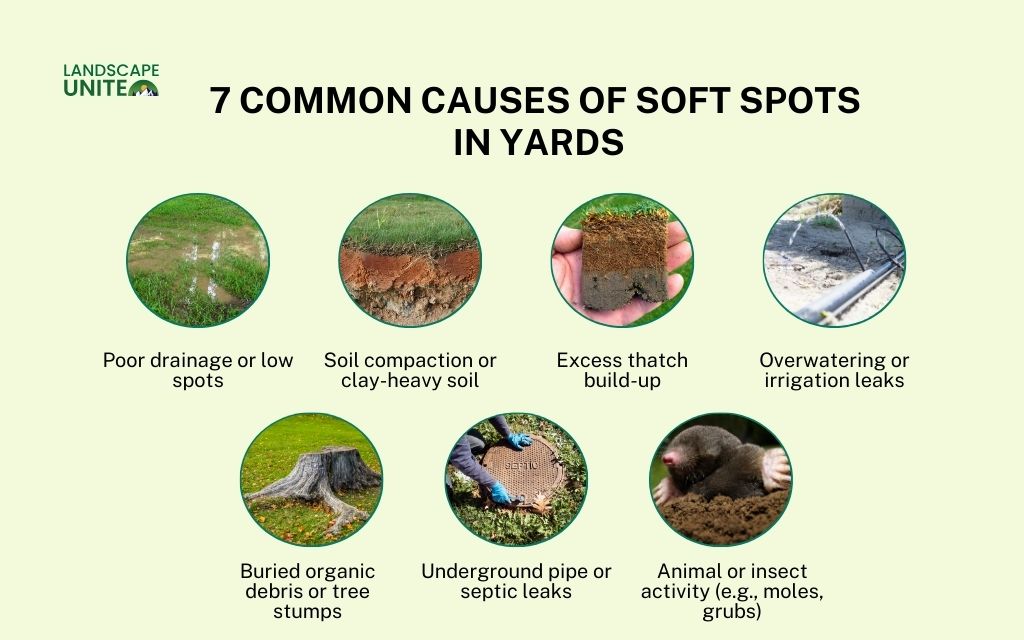
What are soft spots in a yard?
Soft spots in a yard are areas of lawn that feel spongy, squishy, or sink underfoot when you walk across them. Unlike the firm, stable ground you expect from healthy turf, these problem zones often give way under pressure, creating an uneven and potentially unsafe walking surface.
Visual indicators of soft spots include:
- Pooling water that remains after rain or irrigation
- Thinning or yellowing grass in affected areas
- Muddy patches that don’t dry out properly
- Depressions or sunken areas in the lawn surface
- Mushrooms or fungal growth indicating excess moisture
These problem areas lead to poor root development as grass struggles in waterlogged conditions. The excess moisture creates an ideal environment for fungal diseases and pest infestations. Additionally, soft spots present tripping hazards for family members and guests, while also attracting mosquitoes and other unwanted insects to standing water.
Beyond immediate concerns, untreated soft spots can expand over time, affecting larger portions of your lawn and indicating more serious drainage issues around your home’s foundation.
7 common causes of soft spots in yards (and how to fix them)
Poor drainage or low spots
Signs to watch for:
- Water puddling after rain or irrigation
- Noticeably slower water absorption in certain areas
- Persistent moisture days after precipitation ends
Low-lying areas in your yard naturally collect water, creating soft, saturated conditions. This issue is particularly common in newer construction where soil settling creates depressions, or in naturally sloped properties where water flows to the lowest points.
How to fix:
- Address drainage issues through topdressing with quality topsoil to gradually raise low areas.
- For more severe problems, consider professional grading to redirect water flow.
- Install French drains or dry wells for areas with persistent standing water.
- Strategic placement of drainage solutions can redirect excess water away from problem zones while maintaining your lawn’s aesthetic appeal.
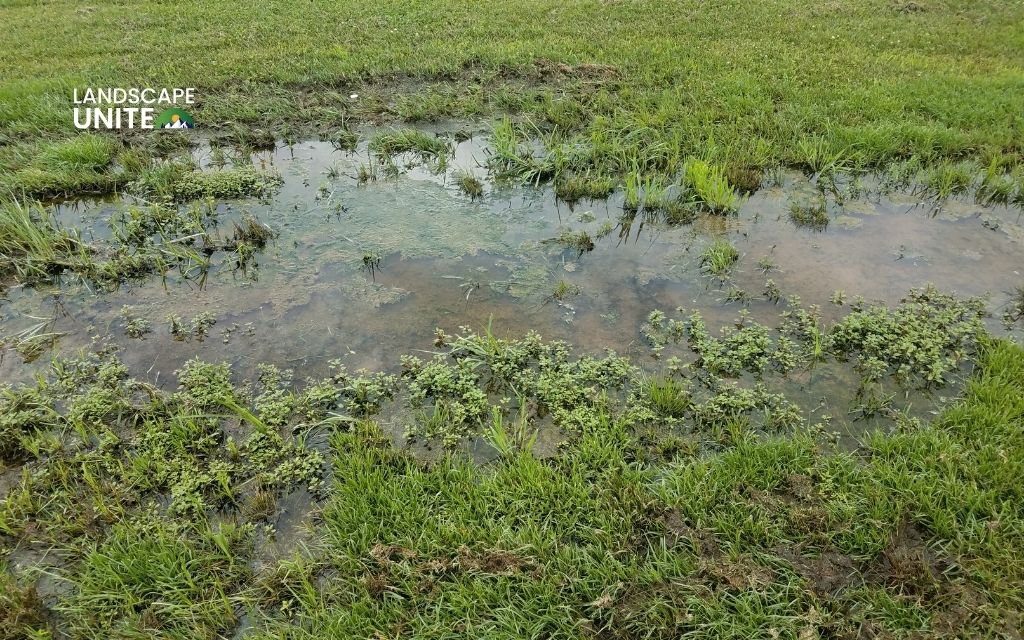
Soil compaction or clay-heavy soil
Signs to watch for:
- Extremely slow drainage after watering
- Water pooling on the surface rather than soaking in
- Shallow root growth visible when examining affected turf
- Soil that feels rock-hard when dry
Compacted soil prevents proper water infiltration, causing moisture to sit on the surface and creating soft, muddy conditions. Clay soil naturally holds water longer than other soil types, exacerbating this problem.
How to fix:
- Core aeration is your first line of defense, creating channels for water and air to penetrate compacted soil.
- Apply organic compost amendments to improve soil structure and drainage capacity.
- For clay-heavy soil, incorporate gypsum to help break up dense clay particles and improve water movement.
- Repeat aeration annually for best results.
Excess thatch build-up
Signs to watch for:
- A spongy feeling when walking on the lawn
- Water sitting on top of grass rather than penetrating to soil level
- A thick layer of dead grass material visible when you part the turf
Thatch is a layer of dead grass, roots, and organic matter that accumulates between the soil surface and living grass. When this layer becomes too thick, it acts like a sponge, holding water and creating soft, unstable conditions.
How to fix:
Remove excess thatch using a dethatching rake for small areas or rent a power dethatcher for larger lawns. The best time for dethatching is during your grass’s active growing season when it can quickly recover.
After dethatching, overseed the area and applied a light topdressing of compost to encourage healthy new growth.
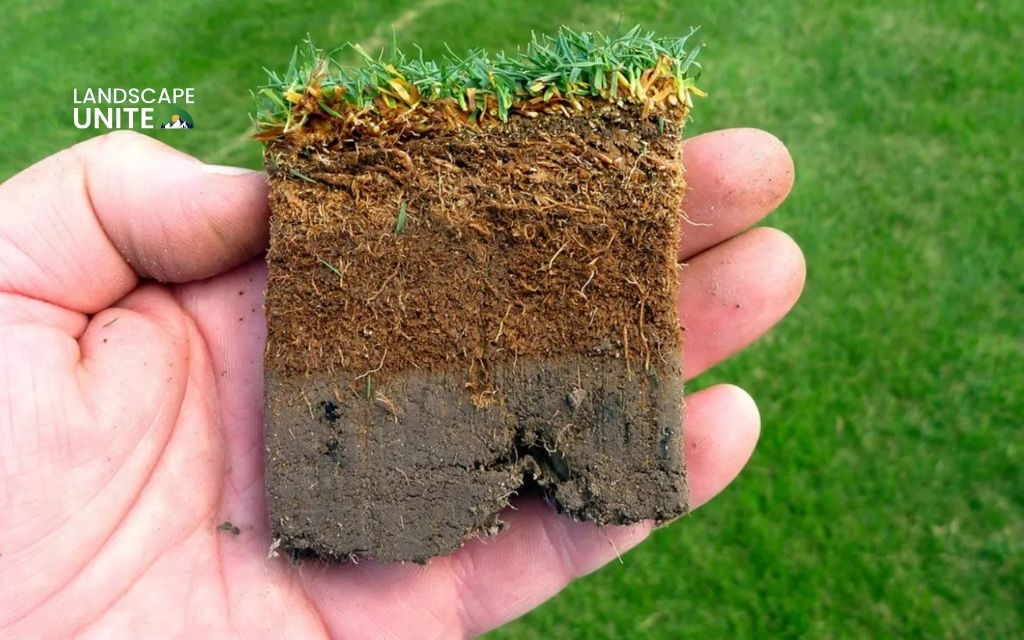
Overwatering or irrigation leaks
Signs to watch for:
- Constantly soggy soil even during dry weather periods
- Unusually lush green growth in isolated areas
- Higher water bills
- Water pooling near sprinkler heads or irrigation lines
Excessive watering from overzealous irrigation schedules or leaking sprinkler systems saturates soil beyond its capacity to drain properly. This creates perpetually soft conditions that damage grass roots and soil structure.
How to fix:
Conduct a thorough inspection of your sprinkler system, checking for broken heads, misaligned spray patterns, and underground leaks.
Adjust your watering schedule to deep, infrequent sessions rather than frequent light watering. Most lawns need only 1 – 1.5 inches of water per week, including rainfall. Consider installing smart irrigation controllers that adjust watering based on weather conditions.
Buried organic debris or tree stumps
Signs to watch for:
- Gradual sinking in areas where trees were previously removed
- Fungal growth or mushrooms appearing in localized spots
- Soft spots that seem to expand over time as buried material decomposes
When tree stumps, construction debris, or large amounts of organic matter are buried during landscaping, they decompose over time, creating voids in the soil. This decomposition process also generates excess moisture, contributing to soft ground conditions.
How to fix:
Excavate the affected area to remove any buried debris or decaying organic matter. Fill the void with quality topsoil, ensuring proper compaction in layers to prevent future settling. Grade the area to match surrounding lawn levels, then reseed or install new sod.
This fix often requires patience, as decomposing stumps may take several years to fully break down.
Underground pipe or septic leaks
Signs to watch for:
- Unusual odors in the affected area, patches of exceptionally green and fast-growing grass
- Localized wetness that doesn’t correspond to irrigation patterns
- Soft spots that appear suddenly and worsen quickly
Leaking water lines, sewer pipes, or septic systems introduce excess water into the surrounding soil, creating persistently soft conditions. These leaks can also introduce contaminants that affect plant health and pose potential health risks.
How to fix:
This situation requires immediate professional attention. Contact a licensed plumber for suspected pipe leaks or a septic specialist for septic system issues.
After repairs are completed, the affected soil may need remediation and replacement. Professional contractors can assess whether soil testing is necessary and guide proper restoration of the area.
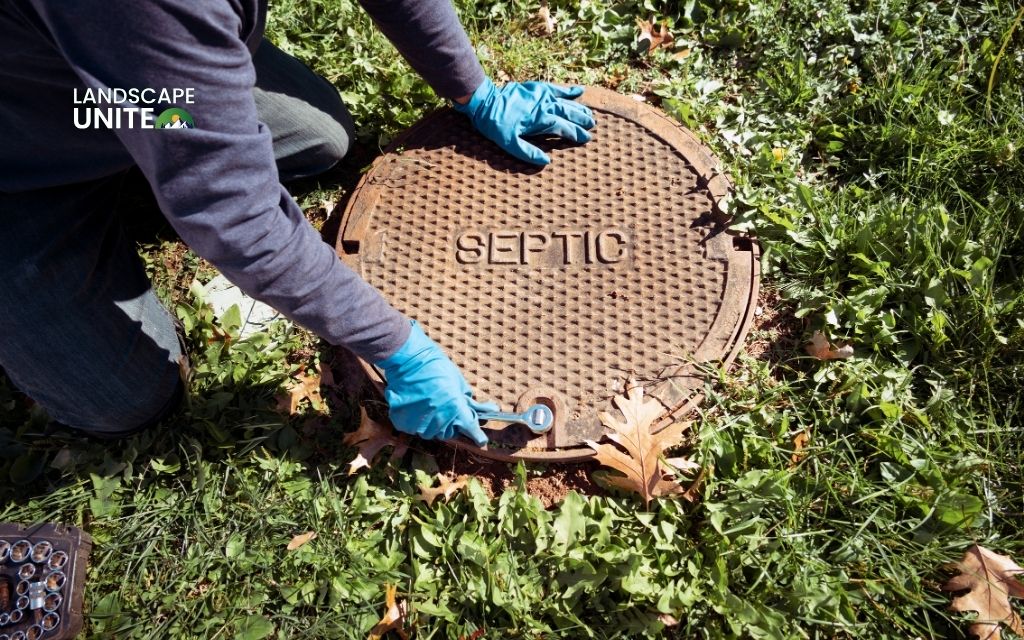
Animal or insect activity (e.g., moles, grubs)
Signs to watch for:
- Visible tunneling or raised ridges in the lawn
- Soft mounds of disturbed soil
- Patches of grass that lift easily due to root damage
- Increased bird activity as they hunt for grubs
Moles create extensive tunnel systems that destabilize soil structure, while grubs damage grass roots and attract moles seeking food sources. Both issues can create soft, unstable areas that feel hollow underfoot.
How to fix:
Address the root cause by treating grub infestations with beneficial nematodes or appropriate insecticides during peak larval activity periods.
Use humane mole traps or repellents to manage tunneling activity. Fill and compact tunnels, then reseed damaged areas. Prevention through proper lawn health maintenance reduces conditions that attract these pests.
Step-by-step: How to fix a soft spot in your yard
Step 1: Identify the underlying cause
Conduct a simple water test by digging a 12-inch deep hole in the soft area and observing drainage patterns. Check nearby irrigation components and look for signs of the common causes outlined above. This diagnostic step determines your repair approach.
Step 2: Remove surface debris and affected turf
Clear away any dead grass, leaves, or debris from the soft spot. If the existing turf is severely damaged, remove it carefully, preserving healthy grass around the perimeter for natural spreading.
Step 3: Fill with appropriate material
Choose your fill material based on the underlying cause: quality topsoil for general soft spots, sand-compost mix for drainage issues, or specific amendments for soil structure problems. Add material in 2-3 inch layers, ensuring proper composition for your grass type.
Step 4: Level and compact the area
Use a hand tamper or the back of a rake to gently compact each layer of fill material. The final surface should be slightly higher than surrounding areas to account for natural settling over time.
Step 5: Reseed or lay sod as needed
For small areas, overseed with grass varieties matching your existing lawn. Larger areas may benefit from sod installation for quicker establishment. Water lightly but consistently to encourage root development.
Step 6: Monitor drainage and plant health
Check the repaired area regularly, especially after rain or irrigation. Look for signs of renewed soft spots, drainage problems, or poor grass establishment. Most repairs show significant improvement within 4-6 weeks.
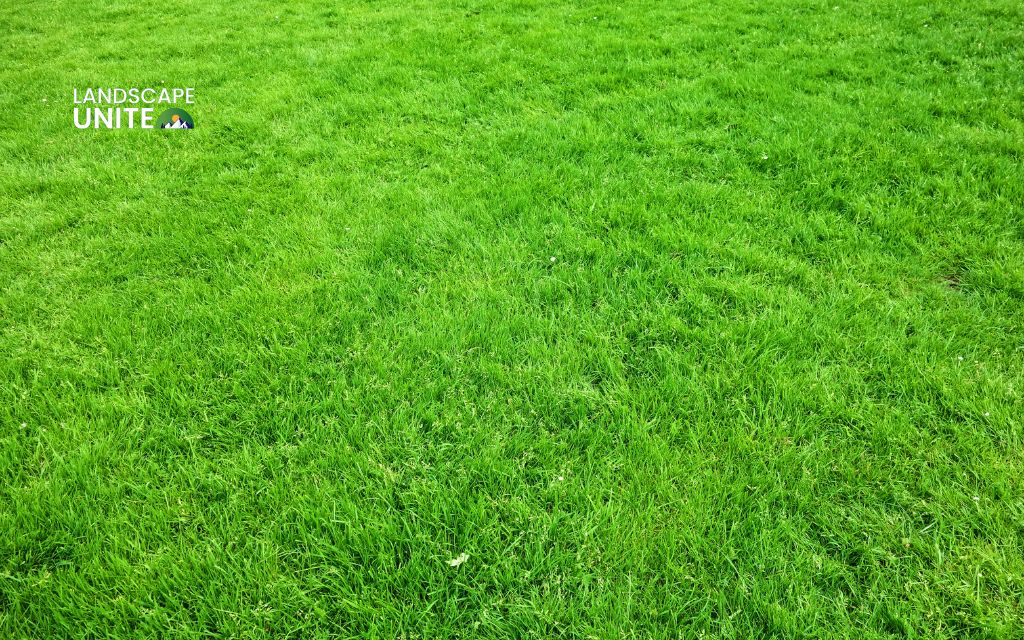
Prevention tips to avoid future soft spots in yard
- Maintain proper soil structure through regular core aeration, typically performed annually during your grass’s peak growing season. This prevents compaction and ensures adequate water infiltration.
- Implement deep, infrequent watering practices rather than frequent shallow watering. This encourages deep root development and prevents surface saturation that leads to soft conditions.
- Monitor and maintain irrigation systems by conducting quarterly inspections of sprinkler heads, checking for proper coverage patterns, and promptly repairing any leaks or malfunctions.
- Ensure proper grading around your home by maintaining slopes that direct water away from structures and preventing low spots where water naturally collects.
- Choose appropriate turfgrass varieties for your specific soil type, climate zone, and drainage conditions. Some grass types handle moisture better than others and may prevent soft spot development.
- Address thatch buildup through regular dethatching when the layer exceeds half an inch thickness. This typically occurs every 2-3 years for most grass types.
When to call a professional
Certain soft spot situations require professional expertise and specialized equipment.
- Persistent water problems that don’t respond to basic drainage improvements may indicate complex grading or underground issues requiring professional assessment.
- Suspected underground utility or septic issues always warrant professional attention due to potential health risks and the complexity of repairs. Licensed professionals have the tools and expertise to safely diagnose and resolve these problems.
- Large-scale grading or drainage redesign projects exceed most homeowners’ capabilities and may require permits or compliance with local regulations. Professional landscape contractors can design comprehensive solutions that address multiple problem areas simultaneously.
- When lawn health continues declining despite DIY efforts, professional soil testing and expert diagnosis can identify underlying issues not apparent to homeowners.
This investment often saves time and money by addressing root causes rather than symptoms.
Conclusion
Soft spots in your yard don’t have to become permanent problems that detract from your lawn’s beauty and functionality. With proper diagnosis and the right action plan, you can restore firm, healthy ground and enjoy a beautiful, stable lawn that enhances your property’s value and usability.
By understanding the 7 common causes and implementing the appropriate fixes, you’re well-equipped to tackle these challenges and prevent their recurrence.
Ready to discover more garden techniques for safeguarding your outdoor space? Visit our complete gardening guide library, where you’ll find specialist insights and reliable approaches to ensure your yard stays lush and vibrant all year long.
Frequently asked questions (FAQs)
Why is the ground around my house so squishy?
Ground near your home often becomes squishy due to poor drainage from roof runoff, foundation settling, or landscape grading that directs water toward the house. Check your gutters and downspouts, and ensure proper grading slopes water away from the foundation.
Why is there a soft spot in my yard?
Soft spots typically result from excess moisture trapped in soil due to drainage problems, buried organic debris, irrigation leaks, or soil compaction. The specific location and characteristics of your soft spot can help identify the underlying cause and appropriate solution.
Can overwatering cause soft spots in my yard?
Yes, overwatering is a leading cause of soft spots. Excessive watering saturates soil beyond its drainage capacity, creating persistently soggy conditions. Most lawns need only 1-1.5 inches of water weekly, including rainfall.
Are soft spots in the yard a sign of septic or pipe issues?
Soft spots can indicate underground leaks, especially when accompanied by unusual odors, exceptionally green grass patches, or wetness that doesn’t correspond to irrigation patterns. These situations require immediate professional assessment.
How do I know if my yard needs aeration or regrading?
Your yard needs aeration if water pools on the surface rather than soaking in, or if soil feels extremely hard when dry. Regrading is necessary when water consistently flows toward your home or creates persistent low-lying wet areas that don’t drain properly.
